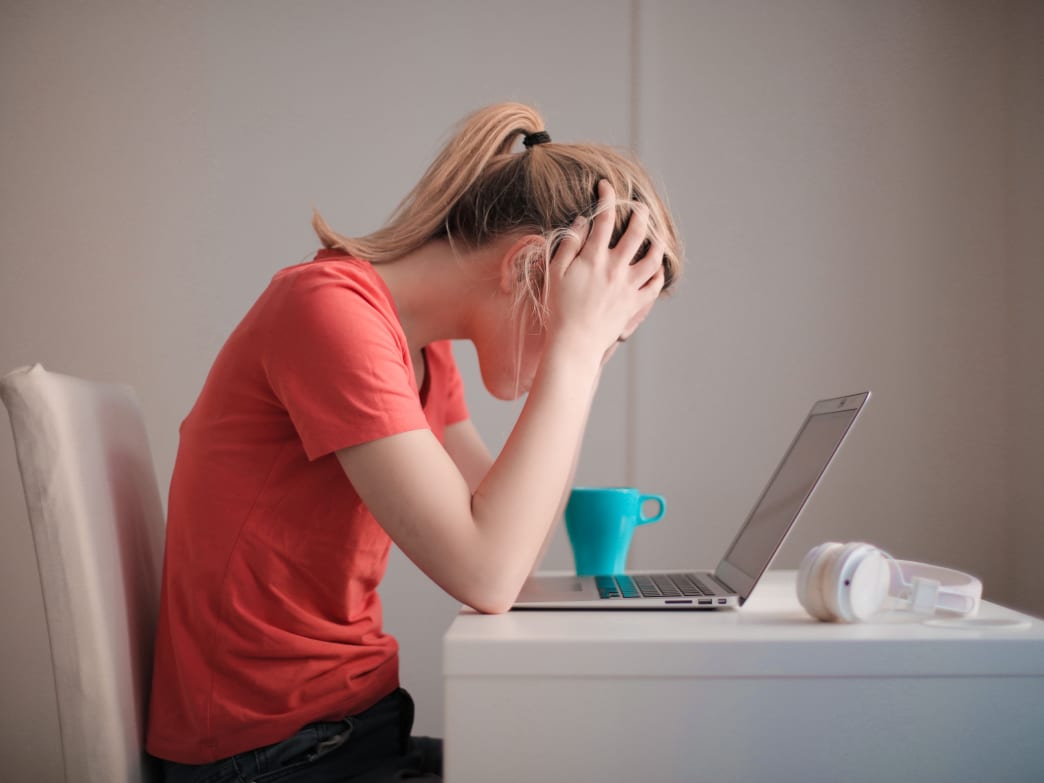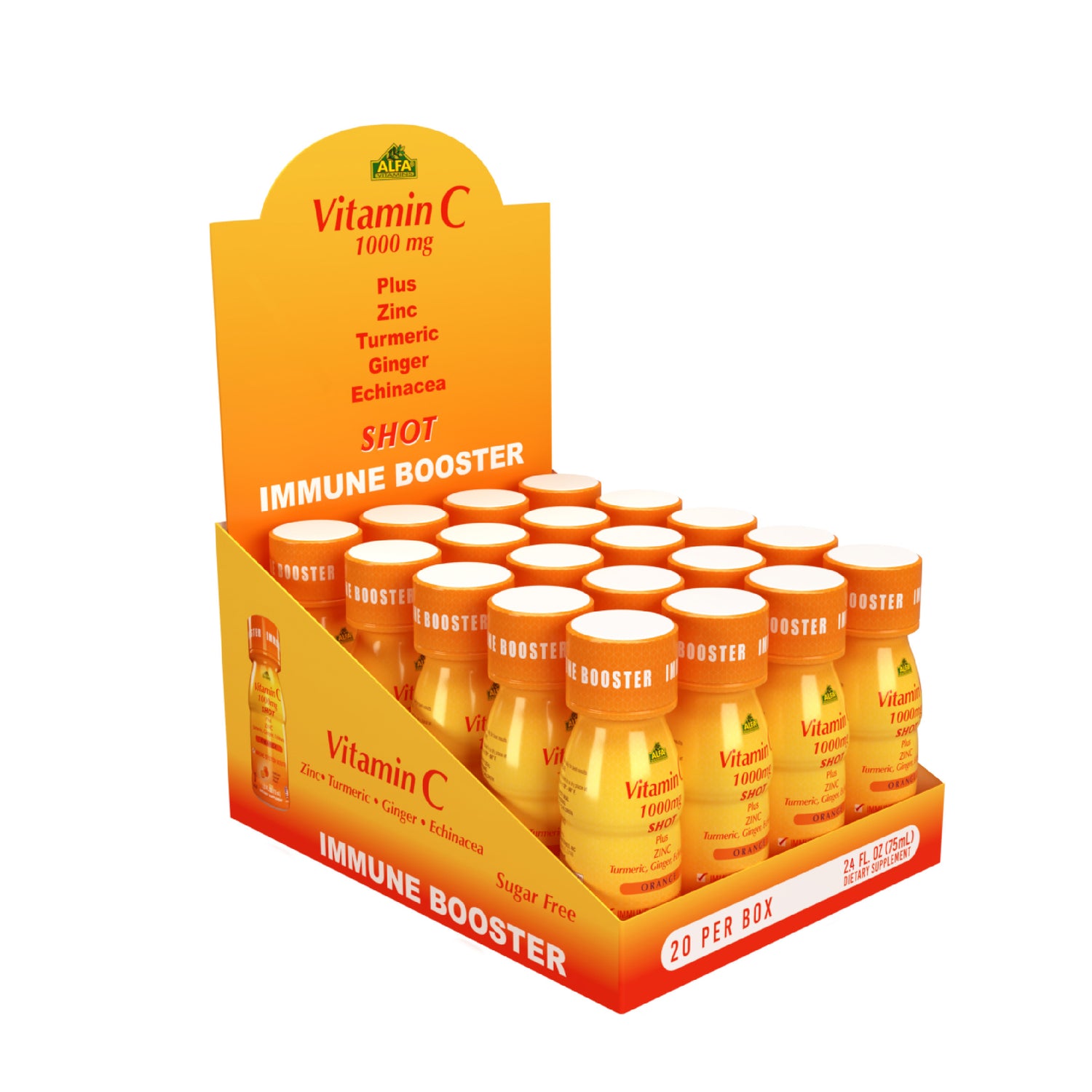
A Panic Attack Can Mimic the Symptoms of COVID-19.
Share
Sweating, shortness of breath, a sense of impending doom: The symptoms of a panic attack are never particularly pleasant. But in the age of the COVID-19 pandemic they can be downright disconcerting—especially for people experiencing them for the first time. Here is what to do if you think you might be having a panic attack, and how to deal with your pandemic-related anxiety in general.
If you’re in need of immediate help, call 911 or one of the mental health hotlines listed here.

Shortness of breath is a symptom of both COVID-19 and anxiety. Here’s how to tell the difference.
A panic attack is when your fear or anxiety trigger sudden, physical symptoms with no obvious cause. The exact result can vary from person to person, but classic signs include some of the same symptoms folks have been told to look out for from COVID-19: chest pain, shortness of breath, and a feeling of feverishness or chills. If you’re having chest pain or serious trouble breathing for a sustained period, or when you already feel physically ill, you should absolutely call a doctor. But if you think your symptoms might be due to fear or anxiety, there are strategies you can use to breathe through it.
“The piece that gets people going in a classic panic attack is often that they feel as though they can’t breathe,” says Sheila Addison, a licensed marriage and family therapist in Oakland, California. This is usually because you’re taking very fast, shallow breaths, which minimizes your oxygen intake and causes your muscles to tense up.
Often, Addison explains, focusing on making your breathing more structured—lying down and counting through a pattern such as square breathing, where you count to four while inhaling, pause for a count of four, exhale on a count of four, and pause for another count of four before starting again—can help steady the body and get oxygen flowing normally again. Once you no longer feel starved for air, your body should stop tensing up. Your panic probably won’t disappear in an instant, but it will dissipate.
If you already know you have anxiety, don’t forget to keep doing what works
When it comes to people who have already been diagnosed with generalized anxiety disorder before, Addison says, the first line of defense is simple: Stick to your usual coping mechanisms.
“Sometimes when a stressor like this comes up and routines get disrupted, people inexplicably stop doing the things that work for them,” Addison says.
If you know exercise helps lower your anxiety, keep exercising—go for walks or runs outside as much as you’re able, or take up yoga at home. If you’re already prescribed medication, keep taking it (and be diligent about getting refills if at all possible). If journaling has been an important tool in managing your stress, don’t stop making your entries. This might sound like common sense, but if your anxiety has been spiking lately, stop and take inventory of your usual strategies and routines. Have some of them fallen by the wayside? There’s no shame in that—it’s a scary time, and doing your morning yoga might feel silly or self-indulgent—but it’s time to get back to your best habits. The CDC recommends eating well, getting plenty of sleep, and disengaging from the news occasionally to give your brain a break.
If you’re experiencing anxiety for the first time, here are things you can try at home
Meditation is a great thing to try if you need to destress, and there are apps to help you get into a meditation practice if you’re new to the idea. But Addison points out that it doesn’t work for everyone, and you shouldn’t feel bad if it doesn’t work for you.
“I don’t meditate,” she says. “I’ve found that trying to do it just stresses me out.”
Still, she says, the broader concept of mindfulness has been very helpful to her and her clients. She recommends reading the works of Pema Chödrön, an American Tibetan Buddhist nun, for help grappling with dark times.
“I’m not a Buddhist myself, but a lot of her work really resonates, especially now,” Addison says. “She talks a lot about how we like things to be certain, we like to have control, and we like to have choices.” When we’re in a situation with lots of rapidly-changing circumstances and looming unknowns, Addison says, our first instinct is to resist that reality as much as possible. In doing so, Chödrön argues, we only add to our own anguish.
“I may not be able to do much about the suffering of canceled plans or missing my family or worrying about someone I love,” Addison says, “but I can do something about the suffering caused by the stories I tell myself about the situation—worrying it will always be like this, or thinking about how unfair it is and how much I hate it.”
But how can we change those stories we tell ourselves? A lot of this comes down to internal dialogue; investigate the way you’re thinking about your current situation and ask yourself what parts of that you might be able to change. Addison thinks a recent resource published by Russ Harris, a psychotherapist and author of The Happiness Trap, is a good place to begin:
FACE COVID is a series of steps for dealing with fear and anxiety in the time of COVID-19. Start by focusing on what’s in your control. The economy, for example, is not in your control. But you can decide you’d like to write out a new budget that takes some of the uncontrollable financial pitfalls you’re worried about into account.
Acknowledge what you’re feeling: Very matter-of-factly recognizing that you’re experiencing anxiety or grief has the dual benefit of encouraging you to be kind to yourself and discouraging your mind from running away with those feelings. Grief is a valid feeling, but it doesn’t have to consume your whole day. Recognize that it’s there, but also that it isn’t you.
Come back into your body. Meditation might not be for you, but taking deep breaths and grounding yourself—or even using one of the breathing patterns mentioned earlier in this article—can help you regain a sense of control of yourself.
Engage in what you’re doing. Smith recommends thinking about three or four things you can see from your current position, or taking note of the smells and tastes you’re experiencing, as a way of refocusing before you move from thinking about your anxiety to honing in on whatever task you have at hand.
The COVID part of the acronym deals with moving forward from the moment of acute anxiety: Committed action is about picking things to do that align with your values and will make good use of your time. You might text a friend who you know is self-isolating, donate protective gear to a local hospital, deliver groceries for an immunocompromised neighbor, or commit to accomplishing some long-put-off task while you’re stuck at home.
Opening up is about continuing to engage with your own feelings, and being as compassionate and patient with yourself about them as you would be with a loved one who came to you for advice. “Values” is a reminder to think about what is important to you and what you would like to contribute to the world during this crisis—sharing kind words and offering emotional support to others. Identify resources by figuring out who you can and should reach out to when you’re in crisis and finding reliable sources of information to keep your anxiety in check. Finally, Smith throws in a “Disinfect and Distance” instruction to remind us all of why we’re cooped up at home alone: To protect ourselves and our communities.
Don’t forget that reaching out to friends and family is still quite possible, thanks to technology—and that some of them may be feeling just as anxious as you are. Sharing love and resources can help both of you feel more calm.
“We’re finding some fantastic ways of staying in touch thanks to technology,” Addison says. “It’s so cliche to blame tech for separating people, but I’m blown away by all the ways people are finding to connect.”
Written by Rachel Feltman for Popular Science


